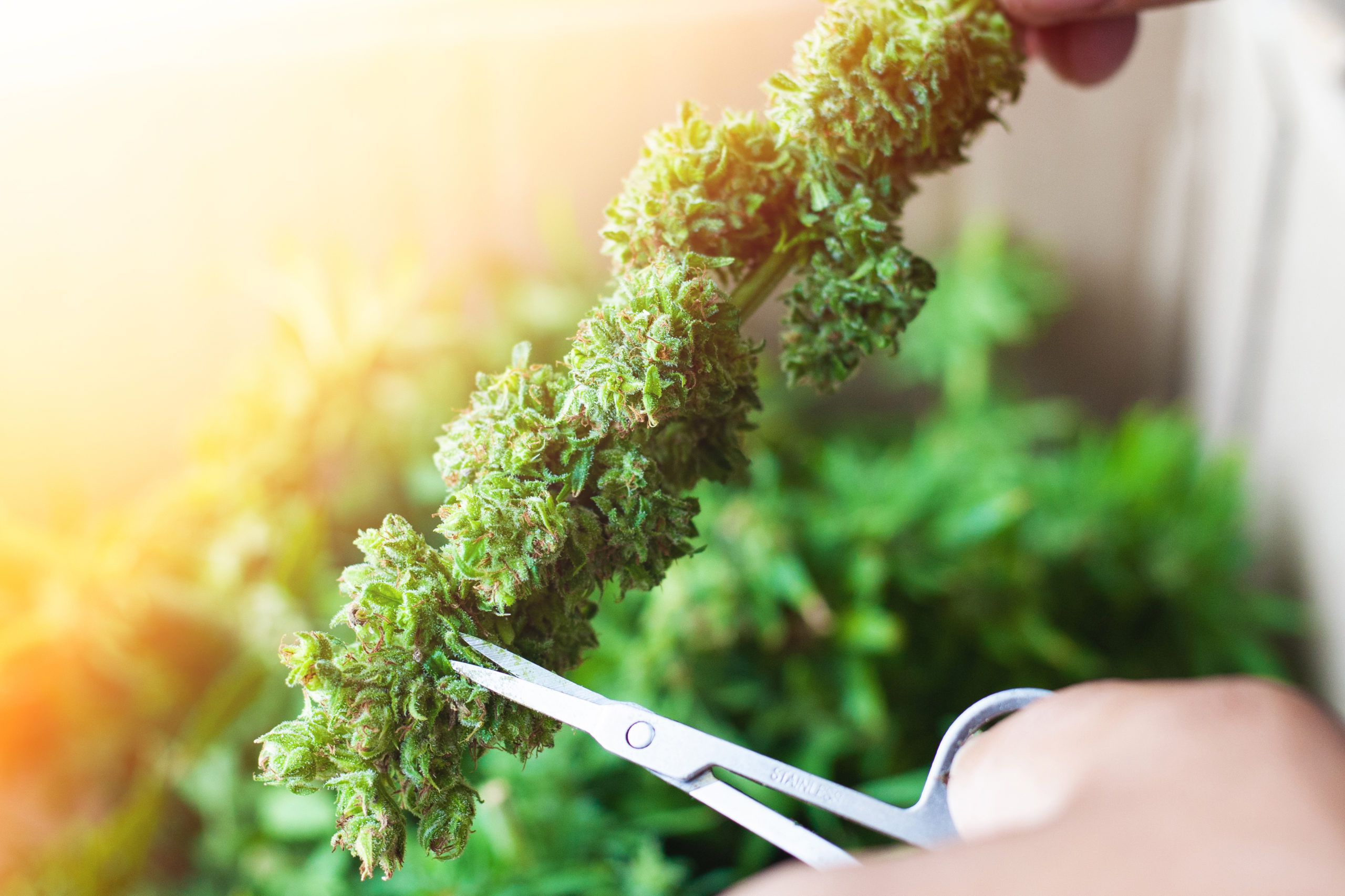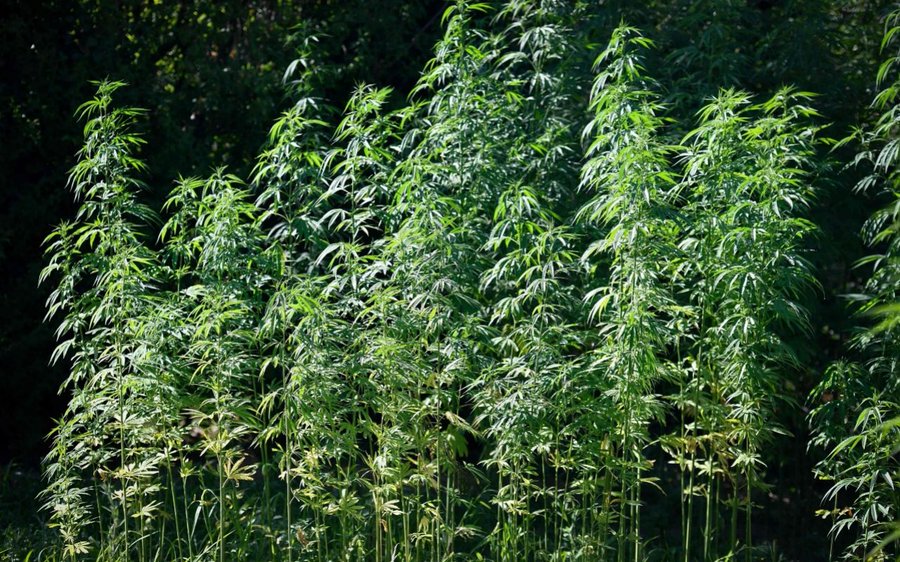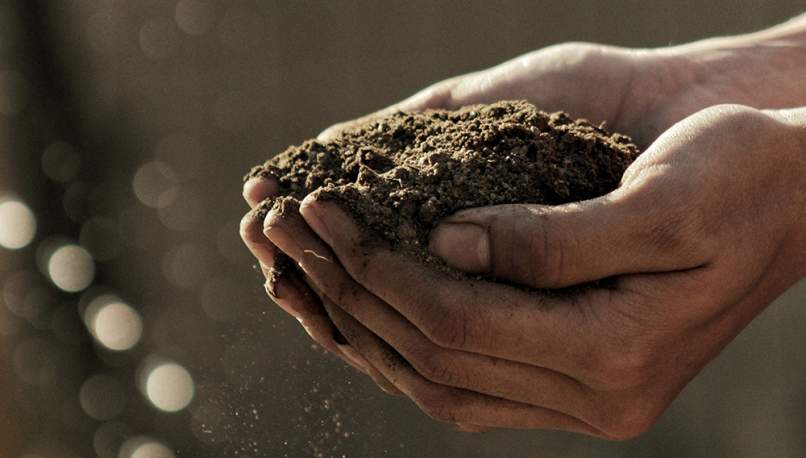“Those who cannot make hemp white do not have a good heart” – Ancient Hmong Proverb
Hemp – from birth till death
The Hmong hill tribes have a strong tradition of hemp cultivation and production of traditional hemp fabric in Thailand. This is part of their culture since ancient times. Originally these hill tribes migrated from China through Vietnam, Laos and Burma to the mountainous region in northern Thailand. For instance, the“Green & White Hmong”, a tribe in Thailand, migrated to this region seeking safety & refuge from unstable countries. (Hmong and Hemp)
The use of hemp in the Hmong culture of South East Asia, some estimates, is more than 5000 years old. Their strong beliefs about hemp can be seen in their various celebrations where hemp is a core element. Using the example of funerals, the Hmong dress the dead in traditional hemp clothes and shoes. According to their beliefe, dressed in this way, mother nature can take them back entirely. The Hmong believe that only then, the search for their ancestors in the afterlife will be successful. (Hmong Textiles)
From opium crops to hemp fabric
Besides hemp, the Hmong hill tribes have a history in opium cultivation and trade. Due to the prohibition and prosecution of opium, the Thai government pushed sustainable, agricultural and social developments for Hmong tribes. Economical support comes from Thailand’s “Royal Project” and was further established through the “Highland Research & Development Institute” (HRDI) in 2005.
Following the establishment of the HRDI, the Hmong people gain protection and it enables them to cultivate hemp for their cultural heritage without the fear of punishment. This leads to the increasing production of handmade traditional hemp fabric in Thailand, by the Hmong people. Tribes outside of the Royal Project have been excluded from this protection and were still prosecuted until 2013. In 2013 the Parliament passed a law – which excluded hemp fibre and stalks from drug penalty. As a result, it’s now legal to cultivate hemp to certain regions and ethnic groups in northern Thailand.
Women who grow hemp & weave
The cultivation of hemp, as well as, the manufacturing of hemp products like household items and clothes are essential for the Hmong people. This has economic reasons, due to low costs for sustainment and profits on sales of traditional hemp fabric in Thailand, the communities can get along easier. Especially women used to be and still are the driving force to successfully process hemp, hemp fabrics and transfer the knowledge to their daughters. Due to the Hmong’ end of nomad / migratory lifestyle and resulting in the possibility to obtain cotton and ready to wear clothes – the need for hemp diminished. With the decline of hemp cultivation, the knowledge and skills in processing hemp also vanish. Nowadays hemp for fabric manufacturing is limited to some hill tribes and the specific production of traditional clothing, due to the extensive workload that is associated with the manual production process.
Reclassification of hemp 2017
Discussion around hemp (containing < 1% THC) being a prosperous, economic crop led to the reclassification of hemp in Thailand in January 2017. Especially, hemp strains with a THC content below 1% have been legalized for industrial and medical purposes. The jurisdiction limits hemp production to 15 districts in six northern provinces: Chiang Mai, Chiang Rai, Nan, Tak, Phetchabun and Mae Hong Son. The law came into force in January 2018. (read more)
Short Facts – reclassification:
- Hemp as a crop, only <1% THC
- Limited to 15 provinces
- Only state or state sponsored companies can get a permit – lasting for three years
- Private companies can only apply for a permit in 2021
For more information about the Thai cannabis sector klick here



